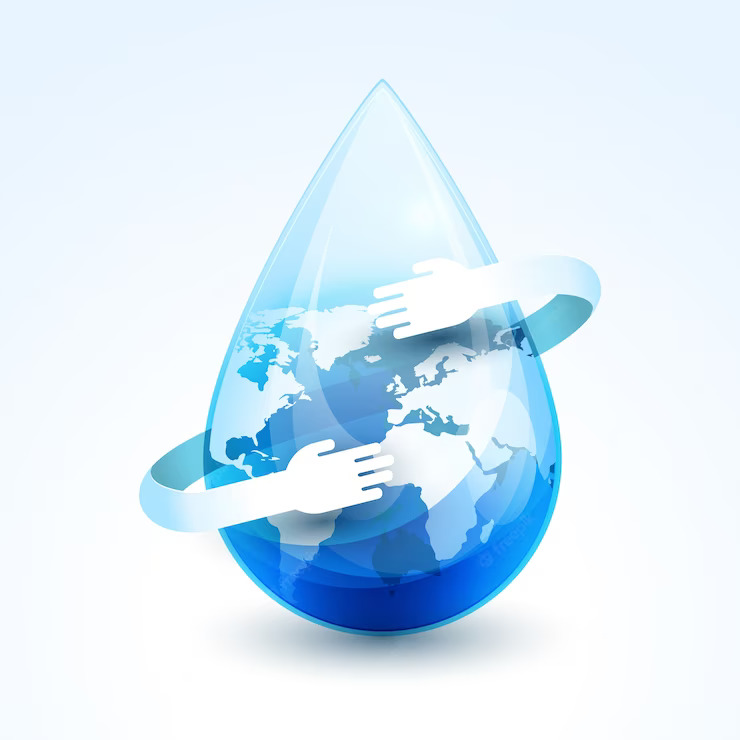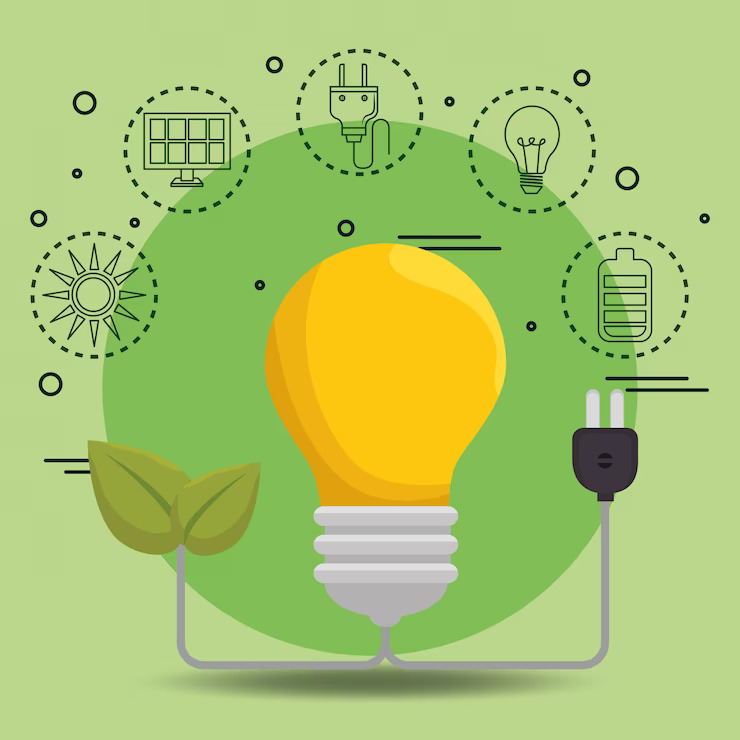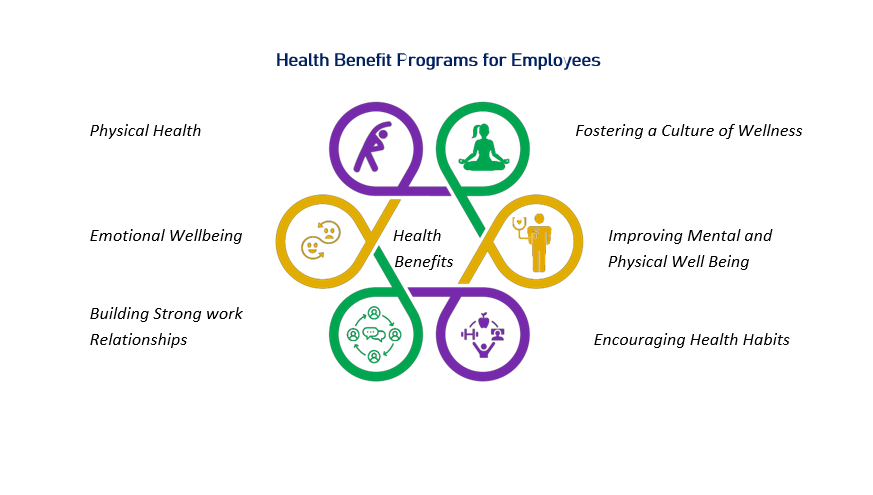Environment, Health & Safety
Environment
As part of sustainable development, we are working diligently to conserve natural resources and biodiversity, promote energy efficiency, minimize waste, and prevent pollution. We maintain all environmental statutory compliances and strive to achieve environmental performance beyond compliance. All of our manufacturing facilities are certified for ISO 14001:2015 and ISO 50001:2018.
Environment Management
All our manufacturing sites have most advanced and efficient environment management systems-
- Full-fledged effluent treatment plant consisting of primary, secondary and tertiary treatment facilities.
- Multiple Effect Evaporation system and Reverse Osmosis system for recycle and reuse of treated effluent.
- Sewage treatment plant for treatment and re-use of treated sewage water.
- Air emissions controls with efficient scrubbing systems.
- Chemical leak detectors in process plants with alarm.
- Effluent discharge and air emissions monitoring through on-line continuous monitoring systems having connectivity with state and central pollution control boards servers.
- Hazardous waste disposal to authorized TSDF facilities.
- Disposal of high calorific value waste to pre-processing/co-processing facilities for utilization as alternate fuel in cement kiln.
- Disposal of recyclable hazardous wastes to authorized recyclers/end users.
- Recovery of valuable material with in process and reuse resulting in waste reduction and cost reduction.



Renewable Energy
We intend to increase the share of renewable electricity (wind, solar, and other sources) in our overall consumption in order to decouple GHG emissions from energy use.
GHG Emissions
We are focusing on deep de-carbonization by reducing energy intensity across our operations

Energy Efficiency
At GCL, each location has an energy conservation cell that conceptualizes and implements initiatives to conserve energy and reduce our carbon footprint. Our Lote, Dombivli, Panoli and GIL (subsidiary of GCL) sites are certified for ISO 50001:2018.
Energy Conservation Measures- Heat recovery from process
- Flash steam recovery
- Condensate water heat recovery
- Power saving through batch time cycle reduction
- Power saving by replacing old electrical equipment with energy efficient equipment
- Energy saving through implementation of Energy Management System (ISO 50001)

Water Stewardship
We consider water management a potential environmental aspect for the Company and its stakeholders. Being a Responsible Care Signatory, we strive to improve water efficiency in all of our industrial processes.

Rainwater Harvesting
Our rainwater harvesting initiative stands as a testament to our unwavering commitment to Sustainability. Beyond water conservation, this endeavor symbolizes the successful fusion of our environmental responsibility and financial viability. All our manufacturing facilities have installed rainwater collection systems to collect rooftop rain water and use it as a supplemental water source for cooling towers and scrubbers.

Beat Plastic Pollution
We are conducting various awareness drives among employees and community on “Beat Plastic Pollution”.

Innovating with Purpose
We develop innovative solutions to address food security while protecting the environment.We are committed to develop new products and processes that are consistently better for the environment.
Green Belt Development
We are committed to contribute for green and clean environment. We focus on development of green belt inside and outside of factory premises and community areas.
 Trikon Baug Developed at Dombivli MIDC Area
Trikon Baug Developed at Dombivli MIDC Area
Health and Safety
At GCL, safety is a way of life. We have a strong and comprehensive health and safety management system in place to ensure effective hazard identification, risk management, and the implementation of appropriate control measures across all of our sites. Our all manufacturing sites are certified for ISO 45001.
Committed for 'Zero Harm”
In accordance with the our QEHS & S policy, our approach is to institutionalize safety as a value- driven concept by instilling a sense of ownership at all levels and driving behavioral change, resulting in the development of a cohesive safety culture for achieving the goal of “Zero Harm”.
Occupational Health Management


